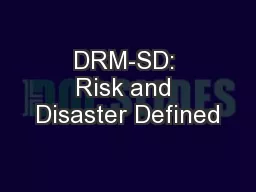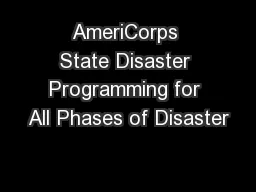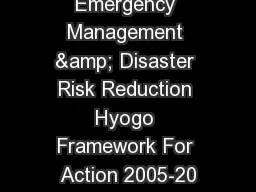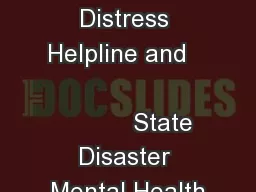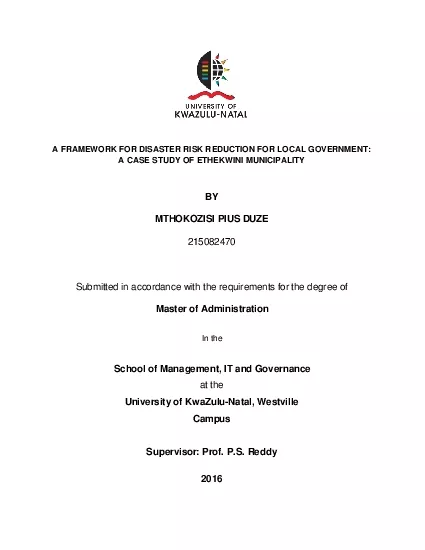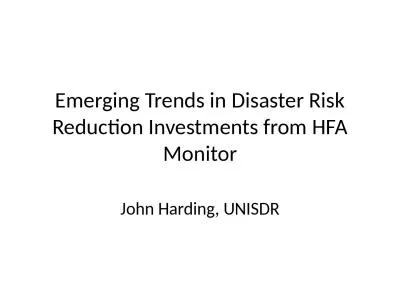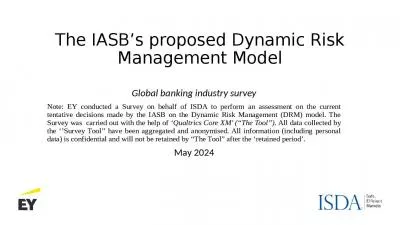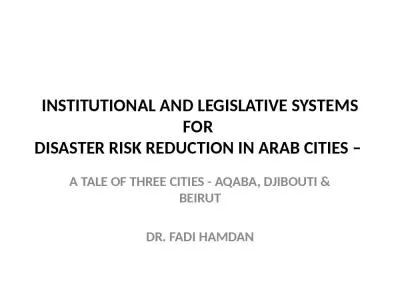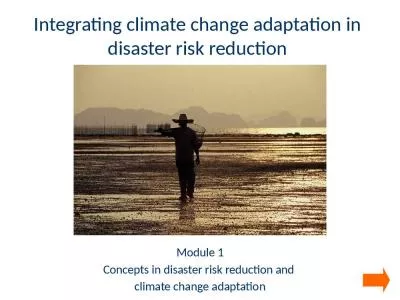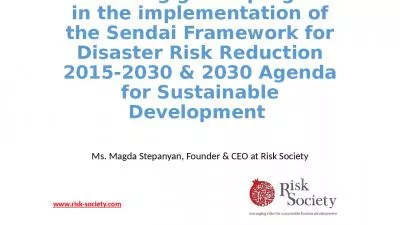PPT-DRM-SD: Risk and Disaster Defined
Author : karlyn-bohler | Published Date : 2018-02-22
DRMSD Learning Lab Freedom Hotel Siem Reap Cambodia 24 February 2016 Prof K Koshy Centre for Global Sustainability Studies CGSS Universit i Sains Malaysia kanayathukoshygmailcom
Presentation Embed Code
Download Presentation
Download Presentation The PPT/PDF document "DRM-SD: Risk and Disaster Defined" is the property of its rightful owner. Permission is granted to download and print the materials on this website for personal, non-commercial use only, and to display it on your personal computer provided you do not modify the materials and that you retain all copyright notices contained in the materials. By downloading content from our website, you accept the terms of this agreement.
DRM-SD: Risk and Disaster Defined: Transcript
Download Rules Of Document
"DRM-SD: Risk and Disaster Defined"The content belongs to its owner. You may download and print it for personal use, without modification, and keep all copyright notices. By downloading, you agree to these terms.
Related Documents

